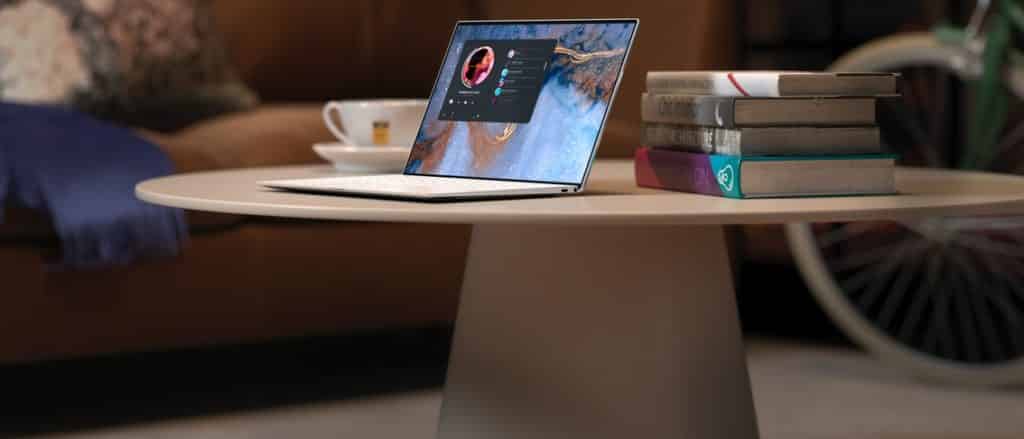As students continue to learn remotely or in hybrid formats, many best practices and technologies have been uncovered that education leaders and their IT counterparts should consider when live streaming courses via Zoom and other platforms.
To optimize the live streaming experience and ensure students’ needs are being met in Virtual Learning Environments (VLE), it is critical to have the best technology possible. IT professionals who work at institutions should consider the following five technologies to significantly enhance the quality of live courses and livestreams of university events being offered to students.
#1. Use a Quality Video Camera
Having a high-quality camera may seem self-explanatory, but specific features and capabilities can deliver the best results to students in VLEs.
- AC Adapter-Ready/Power Supply: Live streaming can run for several hours. The problem is that most internal batteries last for approximately twenty minutes. It’s essential that the camera being used to capture the speaker or professor has the option to use an AC power adapter.
- Unlimited Runtime: For battery conservation and safety reasons, some cameras such as DSLR models will have an automatic shut-off feature that kicks in after thirty minutes of inactivity. Automatic shutoff will not work for extended live streaming. An ideal camera is one that has the ability to disable this setting.
- Output Resolution: To improve the visibility of the live streamed course, the camera should have an output resolution of at least 1920×1080 (i.e. 1080p).
- Autofocus: A fast and reliable autofocus is important to show something up close. Before purchasing a camera to help with the live streaming of your courses, read reviews about what others are saying about a camera’s autofocus.
- Audio Pathway: A camera with an XLR audio pathway supports the use of an XLR microphone, which, as noted below, greatly enhances the sound quality of a live stream.
#2. Enlist a Reliable Live Streaming Platform
With many live streaming platforms to choose from, school leaders should consider ones which best meet the needs of education courses and events. Advanced streaming platforms which are effective for education delivery have a content delivery network. Platforms such as Kaltura and Panopto are trusted by K-12 schools and higher education institutions alike to support live streaming with just a few clicks. They also offer peer-to-peer streaming so learners can engage with each other seamlessly. Considering integrations can also be key. Does the live stream or video platform integrate with your LMS? Does it integrate with other tools you may be using? Is it customized to meet education industry needs and the accessibility needs of today’s learners?
#3. Ensure Strong Internet Connection
Blurry video and dropped connections can really harm the student experience and distract learners. To stream at the highest quality, the Internet connection of the professor should reach at least 750kbps. 2Mbps is recommended so that information reaches the audience without any glitches such as sudden interruptions, blank screens or latency issues.
#4. Implement Live Captioning Technology
When live streaming courses on Zoom or other web conferencing platforms, many students may require additional tools for the courses to be accessible to them. Live captioning is one ideal solution to help make remote courses more accessible to learners navigating disabilities, such as those with hearing loss. Overall student engagement will improve as well when captions are added as an additional visual aid.
Just as there’s a big difference between having an Internet connection and having a strong Internet connection, simply adding free live captioning tools is often not enough. Verbit’s live captioning can deliver up to 99% targeted accuracy for captions to students, offering the accuracy level needed to ensure they can comprehend the course and that the live class also supports ADA guidelines. Verbit’s captioning technology is also advanced in that it is interactive, offering a transcript which helps students with note taking and highlighting relevant terms to reference later as well. Effective captioning technology therefore moves from just an accommodation feature to a learning feature that benefits the needs of all students participating in live classes remotely.
#5. Use an XLR Microphone
The audio quality can also make or break the student experience, as well as the ability to generate accurate captions as mentioned above. To maximize the audio quality of a live streamed course, education and IT leaders should consider using an XLR microphone. This type of microphone significantly enhances the audio of a live stream, enabling students to better comprehend course material with a clearer sense of what their teachers are saying. With strong audio, teachers can have peace of mind knowing remote students can hear them effectively and that the closed captions and transcriptions being produced will be done so accurately. Strong audio captured by an XLR microphone can therefore improve the overall learning experience greatly.
Verbit has a great deal of experience guiding institutions on effective technology and tips to enhance remote student experiences and Virtual Learning Environments. For further information on Verbit’s solutions to improve the accessibility of live courses and how to better equip classrooms once students return to class fully, click here.

